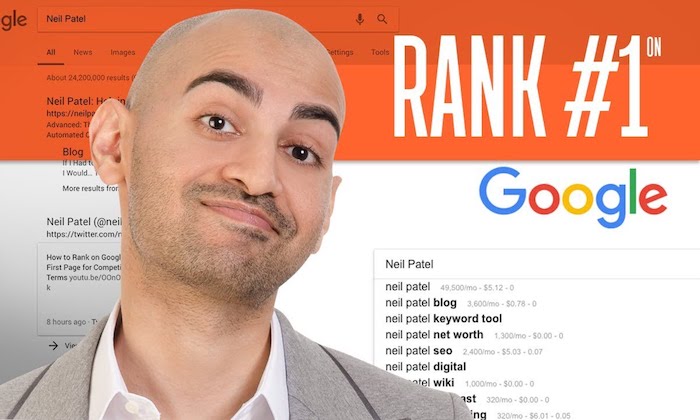
Don’t you hate how it takes forever to get results when it comes to SEO?
Everyone says it takes 6 months to a year and even in some cases many years to see results.
Well, I have some bad news and some good news for you.
Let’s start with the bad news…
SEO is a long-term strategy. It’s not about doing it for a few months and forgetting about it. And if you stop focusing on it eventually your competitors will outrank you.
And now let’s get on to the good news.
You can get results in the short run. You may not get all of the results you want right away, and you may not rank for your ideal keywords, but that doesn’t mean you can’t get results within 90, 60, and even potentially 30 days.
So how do you get results within a few months?
Well first, let’s rewire your brain so you think about SEO in the correct way.
SEO isn’t just content and links
If you want to rank number 1 on Google, what do you need?
Well, the data shows you need to write lengthy content. Because the average web page that ranks on page 1 of Google contains 1,890 words.
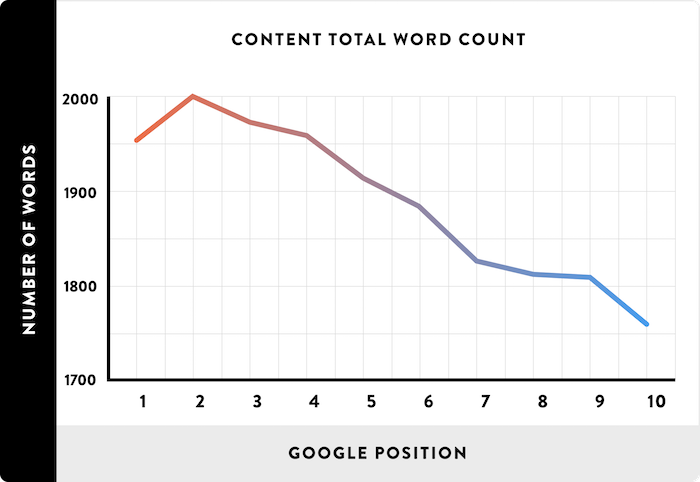
And of course, what’s content without links? Because the 2 most important factors that affect rankings according to the SEO industry are domain level links and page level links.
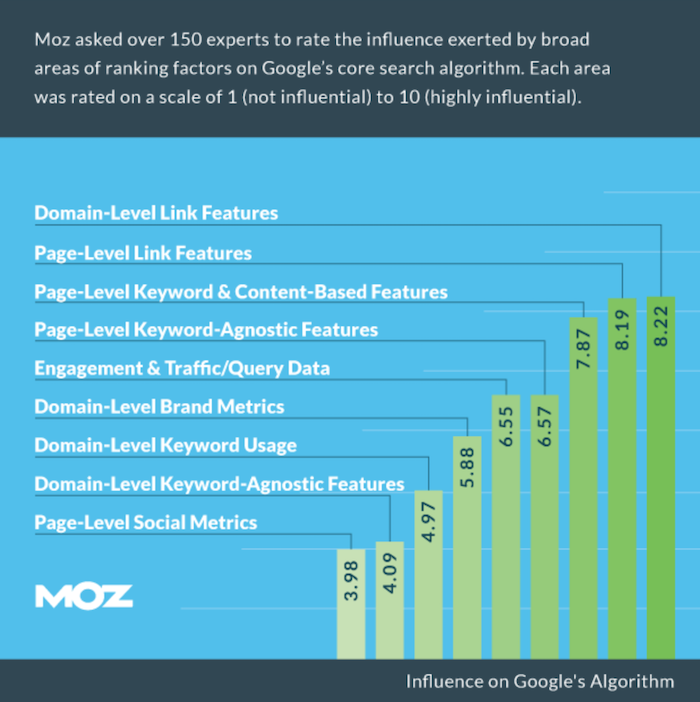
But here is the thing: SEO isn’t what it used to be. Until 2010, you used to be able to add keywords in your meta tags and you would get rankings within a few months.
And as the web got more crowded, you could then get results by doing the same old thing but you also had to build a few links. That worked really well between 2010 and 2013.
As more businesses popped up, everyone started focusing on content marketing. That was the hot thing. From 2013 to 2017, if you created tons of text-based content, got a few social shares, and picked up a few natural backlinks you could dominate Google.
But now, there are over a billion blogs if you include WordPress.com, Medium, and Tumblr.
That means Google has their choice when it comes to determining what sites to rank at the top.
In other words, just because you write lengthy content or build backlinks it doesn’t mean you are going to ranks. Millions of other sites do that as well.
And even if you got in early and your site is 10 years old, it’s no longer that easy to dominate the web.
Just look at sites like Wisegeek. They used to dominate the web as it’s a site with thousands of informative articles.
And now look at their traffic…
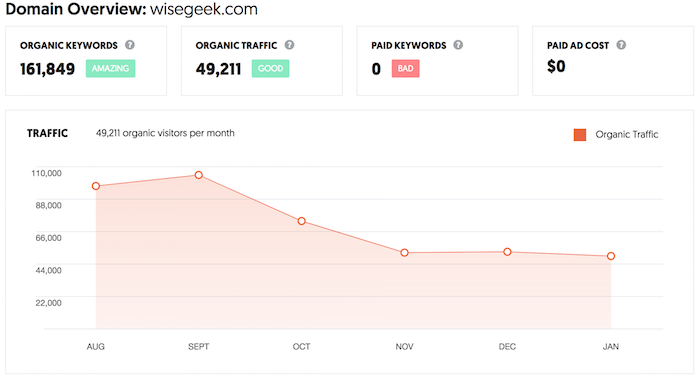
According to Ubersuggest, they get roughly 49,211 visitors a month from Google within the United States. It may seem like a lot, but their traffic is continually going down.
When I met the founder years ago it was in the millions… but not anymore.
It doesn’t even matter that the site has 8,761,524 backlinks from 74,147 referring domains.
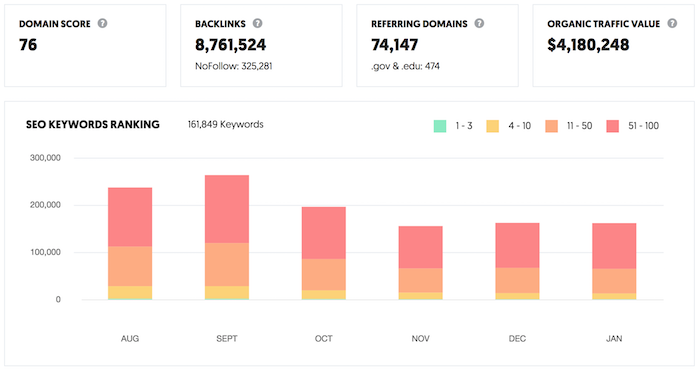
Now you may make the argument that Wisegeek doesn’t have the best content. But I have tons of examples of sites with amazing content that have the same issues.
For example, Derek Halpern from Social Triggers creates great content. Just go check out some of his blog posts if you don’t believe me.
But let’s dive into his traffic stats…

According to Ubersuggest, he gets roughly 26,640 visitors a month from Google in the United States and he has 993,790 backlinks from 5,678 referring domains.
And he ranks for some great terms. Just look at the top pages he is ranking for with terms like “how to become more confident.”
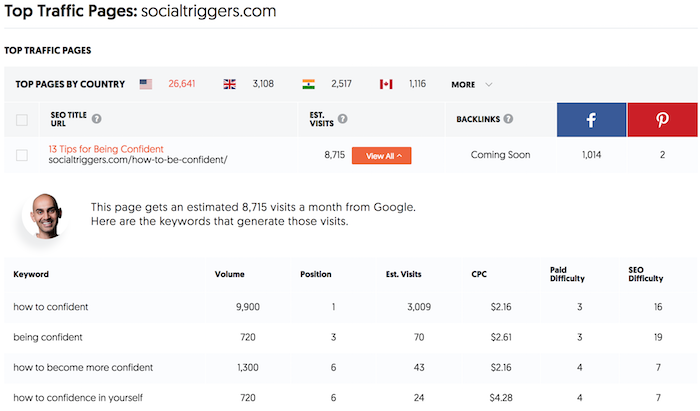
But even Social Triggers has struggled to keep their traffic over time. It’s nothing to do with Derek, he’s a smart entrepreneur, but he decided to quit and focus on his new venture Truvani, which has been doing well.
In other words, content and links don’t guarantee success.
So, what’s the best way to get rankings these days?
You have to go after low hanging fruit.
Sure, you need content, you need links, and you need to optimize for the other 198 factors Google keeps track of the optimal amount of traffic.
But it’s UNREALISTIC for you to do everything. Even if you hire an SEO agency to help you out.
And there is no way you can wait 12 months to get results from an SEO campaign.
Which means your only solution is going after the low hanging fruit.
Now I wish I could tell you the exact low hanging fruit to go after, but it varies for every site. What I can do is show some of the simple tactics that have worked for me and are easy to implement.
Strategy #1: Don’t put dates in your URL
I used to have dates in my URL because it was a default option from WordPress. I didn’t think twice about it. But the moment I removed the dates from my posts, my search traffic went up by 58%.
Best of all, it only took 30 days to get the boost in traffic.
source https://neilpatel.com/blog/how-to-think-about-seo/
No comments:
Post a Comment